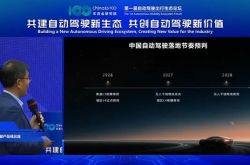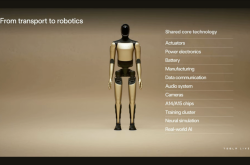Is Lei Jun Reprising Lenovo's Modular Phone Strategy with Xiaomi's Latest Innovation?
![]() 03/04 2025
03/04 2025
![]() 516
516
Is Lei Jun retracing old steps or blazing a new trail in business?
Barely a week after the Xiaomi Dual Ultra launch event, the ever-diligent Lei Jun embarked on another live stream. During this session, he unveiled a magnetic external camera designed for the Xiaomi 15 Series.
This is an internal pre-research project by Xiaomi known as the Modular Optical System. It magnetically attaches to Xiaomi 15 Series phones, employs an M43 sensor, and features a fixed-focus lens with an F1.4 aperture and 35mm focal length.
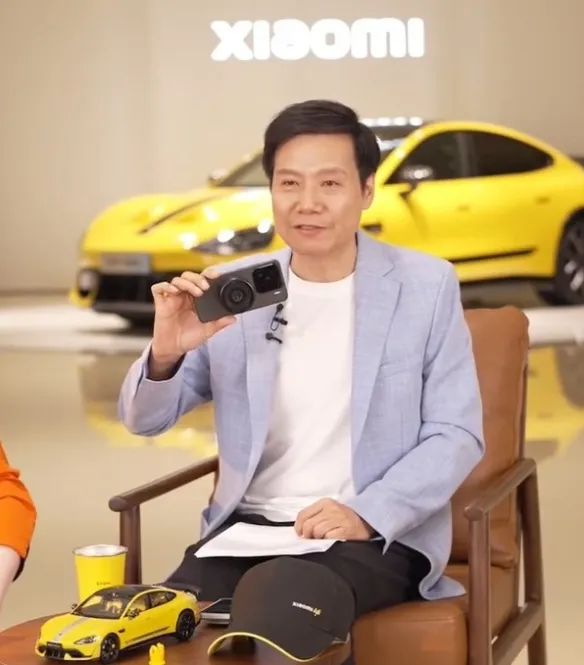
Photo: Screenshot from Lei Jun's live stream
At MWC 2025 (Mobile World Congress), Xiaomi showcased this Modular Optical System globally, revealing more details. It connects to Xiaomi 15 Series phones via magnetic attraction, akin to a magnetic portable charger. It draws power from small spring contacts and utilizes Xiaomi's proprietary LaserLink technology for data transmission at speeds up to 10Gbps.
To use it, users simply click an icon within the camera application on Xiaomi 15 Series phones to switch to the detachable lens mode. After capturing a photo, it is saved directly to the album and supports the professional RAW format.
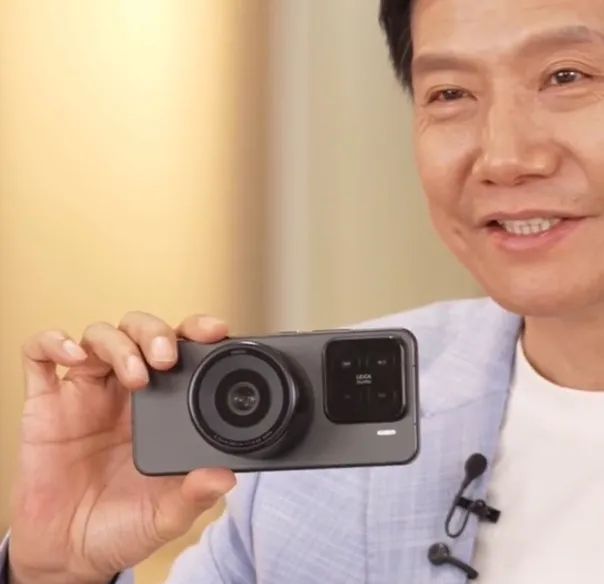
This isn't Xiaomi's first foray into conceptual imaging products. In 2022, it introduced the Xiaomi 12S Ultra concept phone, which supported the use of external Leica M-series lenses for photography. However, Xiaomi never publicly released this concept phone.
Whether Lei Jun's Modular Optical System will see a public release remains to be seen. Nevertheless, to the delight of Xiaomi fans and mobile photography enthusiasts, Xiaomi has already offered two color-matched professional imaging kits for the Xiaomi 15 Ultra.
The "Modular Phone" Shadow
This product strategy, which aims to satisfy users' desire for upgraded configurations and unlock new technological experiences through external modular kits, still bears the shadow of modular phones—another experimental form of smartphones from over a decade ago. Though the momentum has slightly waned, the market response has been overwhelmingly positive.
The concept of "modular phones" has a rich history. Public information reveals that in 2004, Xie Wei from Tsinghua University's School of Economics and Management published an article titled "Modularity and the Rise of China's Mobile Phone Manufacturing Industry," addressing two primary questions: What is modularity? And why is modularity crucial for the development of China's mobile phone manufacturing industry? He believed that downstream integration capability was pivotal to the rise of China's mobile phone manufacturing industry.
Subsequently, designers and companies worldwide continuously engaged in the research, development, and implementation of modular phones. For instance, in June 2013, a Sony designer unveiled a modular phone called XTRUD, which allowed users to disassemble it and customize or upgrade its internal parts. The XTRUD engineering prototype validated the feasibility of this design.
However, modular phones' popularity remained lukewarm until September 2013, when Dave Hakkens, the founder of Phonebloks, released a concept video on YouTube titled "Phonebloks." A portmanteau of "Phone" and "Block," it literally translates to "phone modules."
His concept was to bring the modular assembly idea from PCs to mobile phones, enabling users to assemble components like WiFi modules, Bluetooth modules, batteries, SoCs, storage, antennas, and others, akin to LEGO bricks, into a uniquely customized phone. Additionally, upgrading modules could address the issue of short replacement cycles in new phones.
Thanks to the viral spread of the internet and video media, his concept garnered the attention of giants like Motorola, Nokia, Intel, Qualcomm, and ZTE. Dave Hakkens ultimately chose to collaborate with Motorola, which boasts 40 years of experience in mobile phone manufacturing. Moreover, after being acquired by Google, the new company was very receptive to such explorations.
Following their collaboration, Google established a new project called Project Ara, aiming to turn the concept of modular phones into a reality. In October 2013, Motorola announced the Project Ara modular phone plan.
It's noteworthy that when Lenovo acquired Motorola's mobile business in January 2014, Google retained the Project Ara project. The Ara plan is open-source and includes an "endo" as the phone's basic framework, to which various modules can be added. Google seemed to intentionally build an Android platform at the hardware level, "changing hardware like Android changed software."
In May 2016, at the I/O conference, Google announced that it would release a developer version of the modular phone Project Ara in the fall of that year, with the consumer version launching the following year. It supported the plugging and unplugging of six modules and didn't require restarting the phone when inserting new modules.
However, to the industry's surprise, in September 2016, media outlets reported that Google had suspended the Project Ara project. One plausible reason for the project's cancellation was that scattered mobile phone components could slow down various components' response time and damage battery life, ultimately increasing the phone's cost.
Lei Jun's "Micro-Innovation"
Google's halt didn't completely extinguish modular phones. Given that the Ara plan is open-source, companies like Lenovo and LG conducted market-tested attempts on their flagship models. LG's flagship model G5 adopted a modular body design with a pluggable interface at the bottom, allowing users to replace different modules according to their needs.
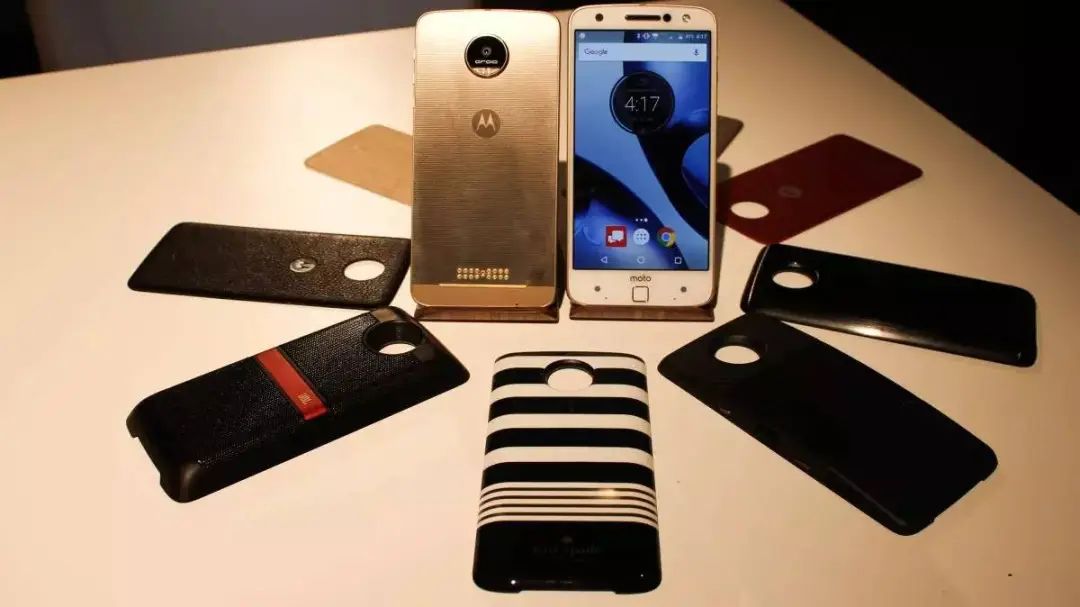
Lenovo focused its technological efforts on the Moto Z series, aiming to use modular back covers as a "killer feature" to "redefine the phone" and carve a differentiated path to revive Lenovo's mobile business.
The Moto Z series connects external devices through special contacts on the phone's back, including JBL speaker modules, Hasselblad photography modules, projection modules, battery modules, in-car modules, and controller modules, transforming the phone into a mini projector, Hasselblad point-and-shoot camera (supporting true optical zoom), high-powered Bluetooth speaker, game console, or a functional block supporting extended battery and wireless charging.
At the domestic launch event for the Moto Z, Yang Yuanqing stated that smartphones had lacked innovation for a long time and were heavily homogenized. The Moto Z series, featuring modularity, added more functions and applications without increasing the phone's burden, representing true innovation.
However, modular phones never gained market acceptance and are now largely forgotten. Their model seemed to go against the prevailing "Apple trend," reversing the trend of extreme and integrated development in mobile phone products, attempting to turn consumers into "product managers."
The upside of this approach is that it gives consumers more control over the product. However, the downsides are also apparent: maintaining consistent module design is challenging; performance and physical compatibility between modules pose significant hurdles; the Ara plan is open-source, but Google and major phone manufacturers struggled to reach standardization agreements. More critically, aside from a few geeks, the vast majority of consumers lack design and production capabilities.
In fact, Lei Jun also announced Xiaomi's modular, user-customizable smartphone "Magic Cube" in 2013, but the product never saw the light of day.
Steve Jobs once said, "Customers don't know what they want." Modular phones ignored the pain points of most consumers, so their demise was inevitable.
However, their product and design concept still have merit in the current context: smartphones' product form can't achieve disruptive changes like the first-generation iPhone in a short time, and hardware and software are gradually converging, offering little difference in user experience.
From this perspective, Lei Jun and Xiaomi are still treading the path of "modular phones," but in terms of execution, they haven't followed Lenovo's old path. Instead, they've chosen a more pragmatic approach: scaling down from full-phone modularity to accessory modularity, turning "phone + dedicated accessories" into a thriving business.
Currently, Xiaomi has mastered this strategy. For example, when the Xiaomi MIX Flip foldable phone was released, Lei Jun launched the "Pocket Shot" accessory kit alongside it, priced at 499 yuan, including a Mijia Pocket Photo Printer 1S, an interconnecting leather case, and 5 pieces of photo paper. Besides being compatible with the Xiaomi MIX Flip, it can also connect to other Xiaomi phone models via Bluetooth. This "Xiaomi Polaroid" kit quickly gained popularity and sold out swiftly.
For Xiaomi, modular accessory kits offer at least three benefits: First, they provide users with a richer functional experience beyond Xiaomi phones and other main products; second, they enrich the product's narrative, further boosting its popularity; third, the expansion of Xiaomi's hardware ecosystem allows its products and services to reach a broader audience.
This is a "1+1>2" business model. Although modular phones have largely exited the historical stage, with major phone manufacturers competing in configurations, marketing, and AI, and consumers already feeling numb, Xiaomi's modular new products within its product range represent a form of micro-innovation.
Especially under Lei Jun's strong personal IP aura, Xiaomi can further expand its product ecosystem and swiftly monetize traffic. After all, selling complete phones is a business, and selling more accessory kits is an equally viable option. Moreover, in this sector, besides Huawei, only Xiaomi possesses a comprehensive product ecosystem and brand appeal.
References: Huxiu, "Yang Yuanqing Believes 'Modularity' is Moto's True Black Technology"; Lei Feng Network, "The Dream of Modular Phones: A Failed Attempt by Google"

